Alexandra Bridge Provincial Park
Like old bridges? I do, and Alexandra Bridge is one of my favourite.
Alexandra Bridge Provincial Park was created in 1984, in part, to commemorate the history of this bridge, and to provide a means of getting there. The day-use area is surrounded by forest and includes picnic tables, pit toilets and a ½ km path that leads to the bridge. The bridge itself is not in the park, and is maintained by the BC Ministry of Transportation and Infrastructure.

But why would you go to a park just to see a bridge? Because this is not just any bridge. This is the most historically important bridge crossing the Fraser River. Here the Fraser River narrows, and vast amounts of water push through a narrow gorge, creating a turbulent, swirling tempest. It represents 100 years of bridge building in the area, and is as culturally important to the First Nations.
For over 9500 years members of the First Nations fished this place for salmon, standing on the steep rocks, or building platforms and dropping dip nets and gaffs. And they still do today. One of the articles that I read that the First Nations of the area built a pole bridge across the narrows, but I couldn’t find any information to back that up.

In 1862, hundreds to thousands of gold-hungry people needed a bridge to cross the Fraser to get to the goldfields of the Cariboo. Contractor Peter Trutch built a suspension bridge across the narrows as quickly as possible in order to cash in on the travellers (he charged a toll of $7.40 a ton). But it was such a dangerous bridge that most of the miners preferred to travel up and around the mountains on the old Hudson Bay Company Brigade Trail, than to risk life and limb on a shortcut. The following year the Royal Engineer Corps of the British Army rebuilt the bridge to safer standards. This bridge proved to be more popular and was a main transportation route until the railway ran through in the 1880’s.
Eventually the bridge deteriorated from lack of use and finally blew apart during the Frazer River floods of 1894. A new road and suspension bridge was built in 1924 to accommodate the arrival of more settlers into the interior of BC and to accommodate the use of gas-powered vehicles.

My husband Bob and I stopped to see the bridge on a typically grey west coast spring day. We enjoyed a quick lunch in the park, and then walked the ½ km trail to the bridge.
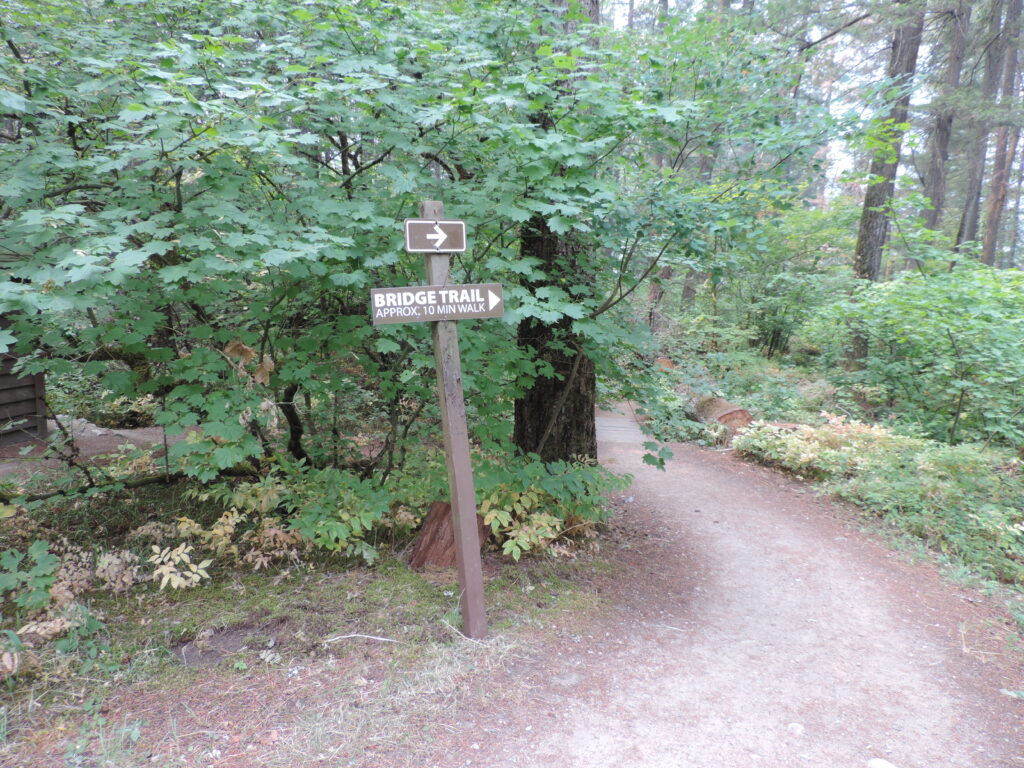
It was the concrete towers that drew me in first. They looked like a portal to the past. As an armchair historian, this was the opportunity for me to enter into another era. I was a little freaked out as I walked on the open-weave metal, watching the crashing and churning water underneath my feet. I don’t usually enjoy walking on suspension bridges, but this one was built solid and doesn’t swing. I was fine as long as I didn’t look through the grate.
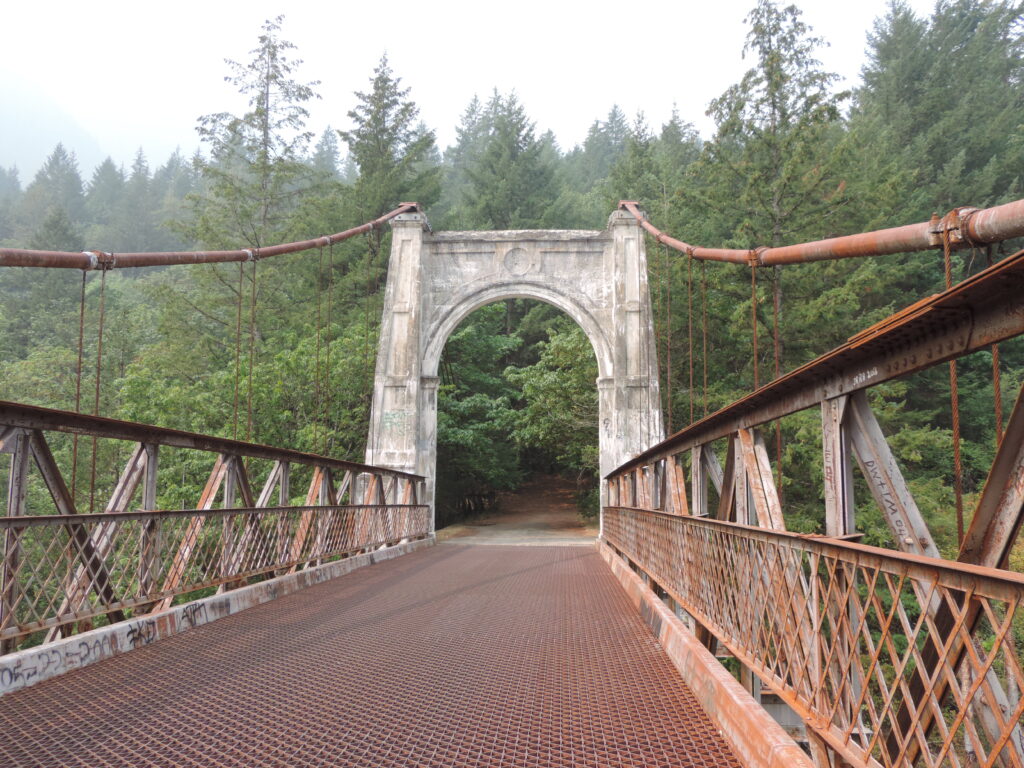
The concrete towers are badly pitted and the iron and steel structures are covered with rust, giving it that antique, abandoned look. That made the bridge even more alluring to me. I was following in the footsteps of the men and women who made British Colombia what it is today; from the members of the First Nations who first populated the area and continue to do so, to the early Hudson’s Bay Company employees in the early 1800s, the European and Asian settlers that crossed the bridge looking for gold in the 1860s, and the immigrants who came to British Columbia from war-torn countries after World War 1, looking for to start a new life. All their stories merge here on this bridge.
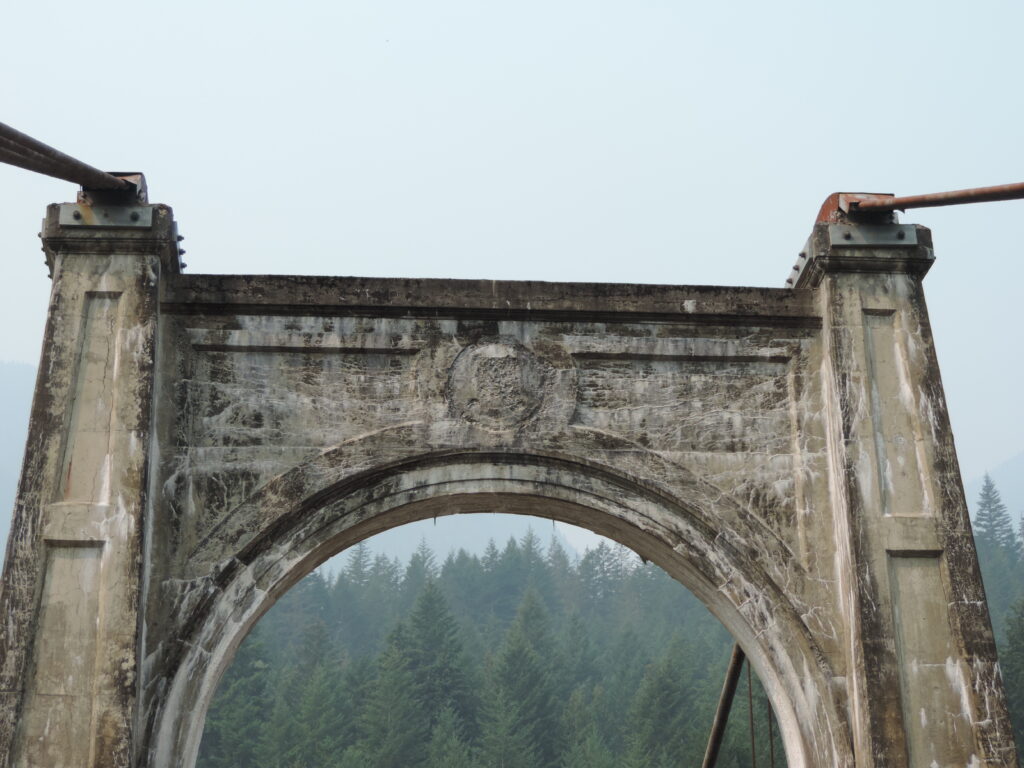
From the centre of the bridge you can see the newest Alexandra Bridge, built in 1964, when the Trans-Canada Highway finally made its way through southern BC. That was when this old bridge was decommissioned, the road blocked, and the pavement raised, leaving the metal screened deck.
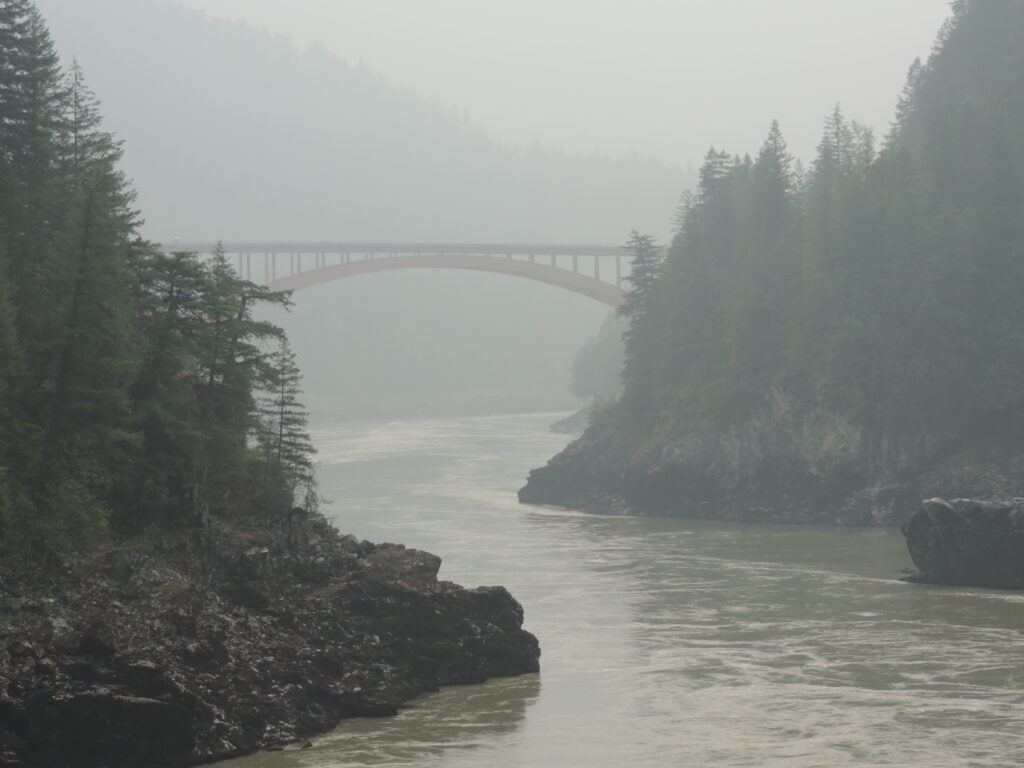
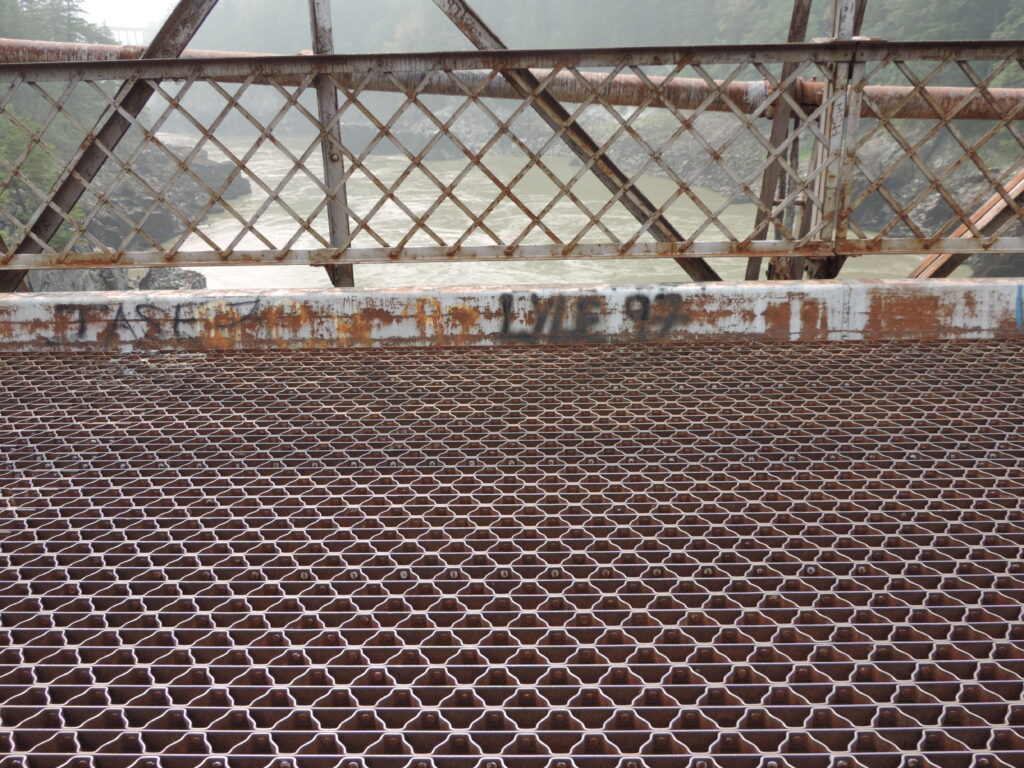
On the other side of the bridge, Bob and I walked along a part of the old Cariboo Wagon Trail, built by the Royal Engineers in 1863. I can’t imagine the strength of those pioneers who walked over 400 miles, up and around mountains, on narrow paths with 100 ft cliffs, through swamps and creeks, carrying a hundred pounds of goods on their backs.
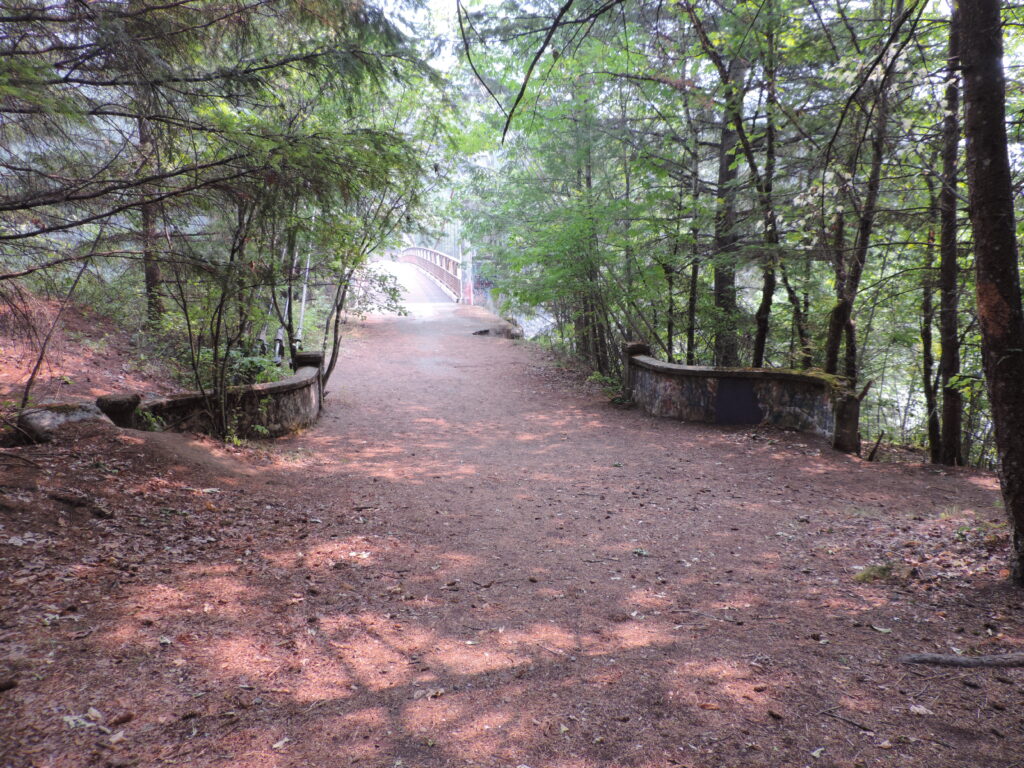
We reflected on this as we crossed back through the concrete portals, on the many people of all cultures and races that have this. These people, peaceful or violent, committing wrongdoing, or right, for good or bad, they are all part of BC’s history.
And that is why you should visit Alexandra Bridge Provincial Park. Yes, just to see the bridge.
.